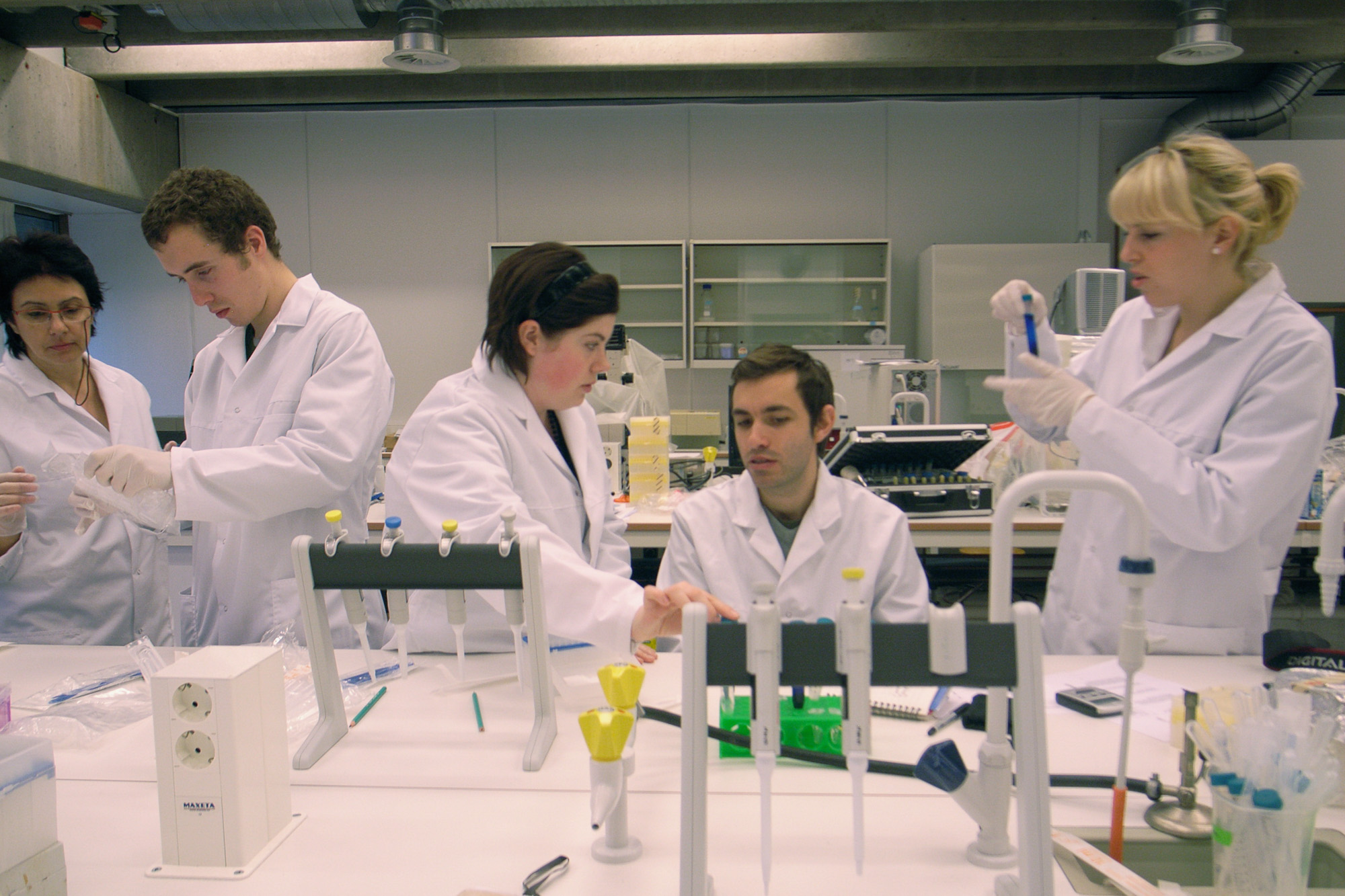News
Australian University Moves to Defund Renowned Art-and-Science Lab


On October 11, the University of Western Australia (UWA) in Perth notified the internationally renowned art-and-science laboratory SymbioticA that they had just ten working days to justify their continued funding from the university. Since SymbioticA announced the news on their social-media channels two days later, supporters from across scientific and artistic disciplines have rallied to support the pioneering facility, with an online petition garnering more than 11,000 signatures as of October 25 and leading figures from the fields of art, technology, and science offering testimonies to the lab’s importance. SymbioticA will present their case and testimonials to the university before November 1.
Led by Oron Catts and Ionat Zurr since their establishment in 2000, SymbioticA was the first research lab of its kind in the world, allowing residents to conduct research in what they call “technologies of life science/biotechnology as an art-form.” Subsequently, numerous other universities have launched programs to bring the two disparate fields together. Over the two decades SymbioticA has hosted more than 100 artists as residents, including influential figures in the worlds of art and technology such as Orlan, Steve Kurtz, Paul Vanouse, Kira O’Reilly, and Lu Yang. In 2007, SymbioticA won the inaugural Golden Nica award for Hybrid Arts in the Prix Ars Electronica, from the leading art-and-tech organization.
SymbioticA’s recent project, “Sunlight, Soil & Shit (De)Cycle (3SDC),” in collaboration with Steve Berrick, examined sustainable food systems and the rise of agricultural technology (“AgTech”), with a symposium, community events, and an installation at the PS Gallery in Fremantle, Western Australia. Catts explained to ArtAsiaPacific that this project looks at the many ideas that AgTech companies are promoting that essentially make a “metabolic rift” in food production that creates a “nature-free” version of agriculture, such as vertical farming. He finds it a potentially problematic mindset that also applies to conceptions of the metaverse—in which societies try to barricade themselves from nature rather than working in concert with it or to repair nature. As Catts observed, given the monumental challenges of climate change and the Covid-19 pandemic, their research interests in technology and life sciences are as relevant as ever to the world.
The highly influential laboratory is in reality a small entity, which previously maintained some autonomy from the university with its focus on research rather than teaching. The UWA funds the equivalent of 2.2 full-time positions at SymbioticA, which is approximately 30 percent of the lab’s overall budget, with the rest coming from grants, residents, exhibition-production budgets, commissions, prizes, and other sources. Their ongoing research includes: automation cultures, through an Australian Research Council Discovery Project; Catts’s interest in the connection between Orkney Islands in Scotland and the story of Frankenstein; “metabolic rift” technologies; contestable food futures; and their residency program.
SymbioticA is based in the School of Human Sciences at the UWA and has a Level 2 biological lab that allows research into living tissues; among their early research projects included the growth of animal tissues for meat and leather in the laboratory. The lab’s name derives from the words “science,” “symbiosis,” and “art,” reflecting its program of academic courses, residencies, exhibitions, workshops, and symposia around the emerging fields of biosciences and other related fields that involve the intersection of cutting-edge scientific research and art. In 2018, SymbioticA organized a major series of events in Western Australia, including “Biomess” at the Art Gallery of Western Australia; “HyperPrometheus” at the Perth Institute of Contemporary Arts; and “The Mess We’re In” at the Old Customs House, Fremantle.
Catts and Zurr, as part of their Tissue Culture and Art Project, have exhibited their creative works at the Museum of Modern Art, New York; the Centre Pompidou, Paris; the Mori Art Museum, Tokyo; the National Gallery of Victoria, Melbourne; the Gallery of Modern Art, Brisbane; the Yerba Buena Center for the Arts, San Francisco; the National Art Museum of China, Beijing; among other venues.
The online petition initiated by a past resident, the performance artist Kira O’Reilly, noted: “The international art/science community is a vibrant field of transdisciplinary practice across the arts, sciences and humanities, whose robustness is, to an enormous extent, one pioneered and cultivated by SymbioticA and its alumni of artists, curators and scholars.”
HG Masters is ArtAsiaPacific’s deputy editor and deputy publisher.







